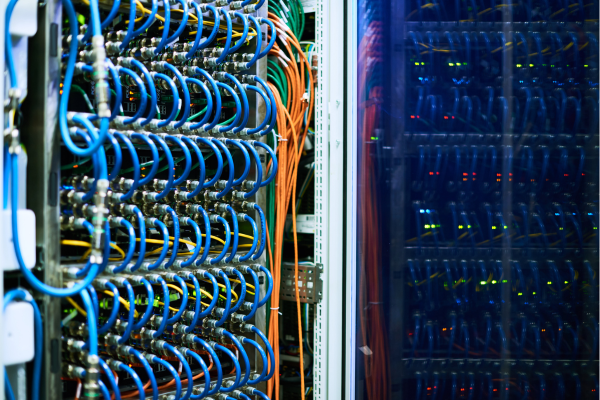Ammonia is an attractive alternative to fuel as it is carbon-free and has superior energy density. However, despite its significant decarbonization potential, its low reactivity impedes its widespread use as a direct combustion fuel. Hence, the researchers from NUS are conducting high-fidelity numerical simulations to model the behaviour of ammonia flame under various conditions. These simulations will provide crucial insights to accelerate Singapore’s transition to a low-carbon energy future.
Flame modeling using OpenFOAM: Large-scale reactive flow simulations were conducted with OpenFOAM based solvers. This allows a detailed quantification of the combustion process including the formation of intermediate species and the interactions between fluid dynamics and chemical reactions across various time and length scales.
Understanding ammonia flame chemistry using AI techniques: The chemical kinetic mechanism for oxidation of ammonia was optimized with a deep reinforcement learning-based approach. The global deterministic search of reaction parameters was decomposed as a sequential local probabilistic optimization problem to speed up convergence and avoid the local optima. The optimized mechanism has demonstrated excellent agreements with experimental data.
GPU-Accelerated simulations for large scale ammonia gas turbine combustion: The adoption of CPU-GPU heterogeneous computing methods significantly accelerated the numerical solutions of ammonia combustion processes within gas turbines featuring billion-level grids. This high-efficiency computational approach enables rapid iteration in the design and optimization of ammonia gas turbines.
- Exceptional scalability enables a wide range of computations from small-scale kinetic studies to large-scale direct numerical simulations.
- Powerful and massive computational nodes facilitating direct numerical simulation with over 1 million grids and a resolution of several micrometres.
- Accommodate large-scale simulations leveraging hybrid CPU-GPU platforms.
- Conduct direct numerical simulations with over 20 million grid cells and a grid resolution of several micrometres.
By providing deeper insights into the combustion process, this research can facilitate the development of more efficient and cleaner ammonia-based power generation technologies in Singapore.

To find out more about how NSCC’s HPC resources can help you, please contact [email protected]. NSCC NewsBytes September 2024






